Smart home: improvements we need to see in 2019
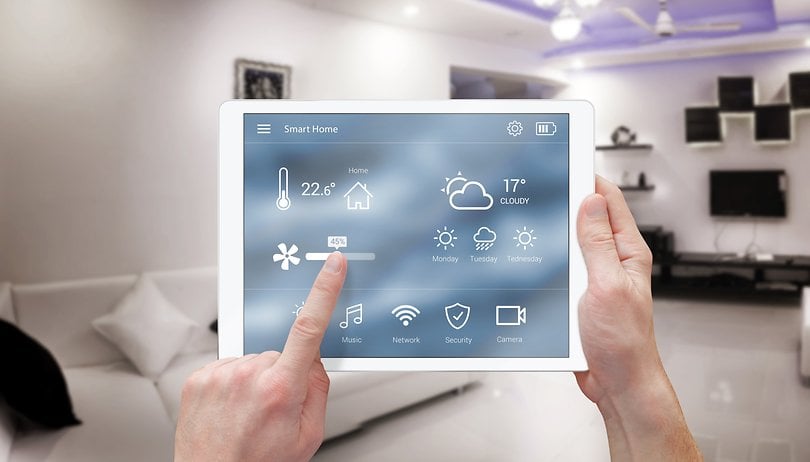

2018 was an important year for the smart home market, with many advances in how to manage the various devices. Among the undisputed protagonists are Amazon Alexa and Google Assistant, who offer control of various gadgets through their smart speakers. However, we have not yet reached the desired levels. That's what it needs to improve in the smart home realm in 2019.
A central control interface
If you too want to be able to control all your smart devices from a single source, you'd be disappointed. Unfortunately, there is no way to interface Apple HomeKit, SmartThings, Alexa and Google Assistant in a single solution. Among other things, due to various business partnerships, many devices support one assistant over another, and vice versa.
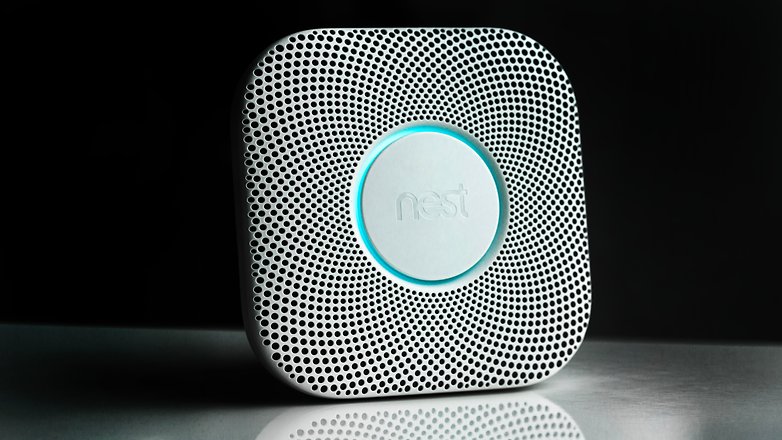
Take, for example, Nest products, some of which have been launched without any kind of support for Amazon Alexa or Apple HomeKit. Competition between these companies is legitimate, but for the smart home market to continue to grow, more support is needed for all major voice assistants for the various devices.
Automation that's easier to set up
The next step in an intelligent home is automation, which means that, depending on certain circumstances, the devices automatically perform a pre-established action. For example, turning on the light in a particular room at night when you open its door.
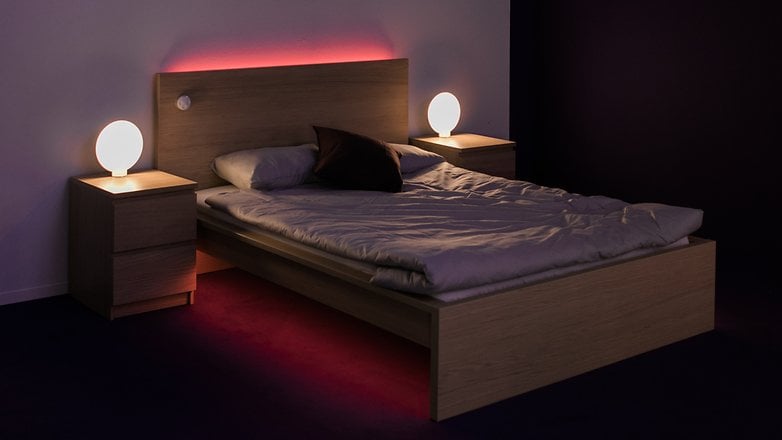
Most of these automatic action can be set up today, but in most cases it is not easy. Samsung's SmartThings platform, for example, provides the ability to set up different actions based on the time of day, but this requires the creation of multiple modes first and, consequently, the creation of additional rules.
For a nerd it might seem like a great pastime, but for the average user or smart home novice, this can be a real headache.
Increased support for third-party manufacturers
Third-party devices used to control the smart home don't always work as well as you would expect. I often ask Alexa to turn on the lights, but on the first attempt she fails miserably. The ring on my Echo Plus lights up, but nothing happens. After a second attempt, there's no problem, but the issues don't end here!

Part of the problem stems from the fact that third-party devices we want to control through a voice assistant must pass the command given through an API, which tends to be much less reliable than the classic direct command on an official app.
Increased support for third-party manufacturers could dramatically improve device reliability by offering greater security and discouraging the use of wired systems in favor of wireless systems. Imagine having a single bridge for all Smart Home devices in your home. Wouldn't that be great? You should know that this is partially possible thanks to Homey, but you will have to spend around $350, arm yourself with a lot of patience, and verify that you have devices compatible with the proposed standards.
Intelligent (or predictive) maintenance
A smart home should not only control the various devices in your home, but it would also be useful if it could offer information about their maintenance. LG, for example, already has its own SmartThinQ technology built into some of its high-end devices. This system alerts the user to any problems promptly - for example, when the refrigerator does not cool properly or when it is left open.
It would be nice to be able to see more and more of these sensors that observe and monitor our appliances and alert us to potential problems before they are beyond fixing. Predictive maintenance could accelerate and decrease repair costs.
Tado is one of the companies that is focusing on this aspect and, through a technology called OpenTherm, extracts information from the boilers for maintenance purposes - constantly detecting its efficiency to help solve a problem before it even occurs.
What other things would you like to improve in your Smart Home? Let us know if there's anything else we should include in our list in the comments below.

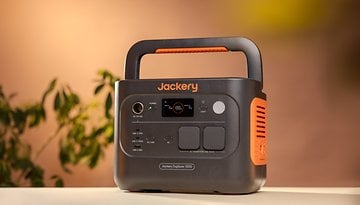

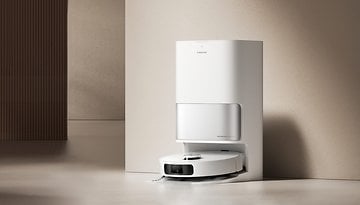










Please write an article describing the benefits and challenges of smart home technologies and smart home products for old citizens.
Upgradable wifi dongles or cards. These things should last across multiple generations of wifi. They need an upgrade path. It's also important for security.
Long term maintenance commitment. Guarantee me 10 years of patches/upgrades/drivers. Anything I'm putting in my home should last that long at least.
Give me a server module in my home so everything can stay local. Also more secure and private.